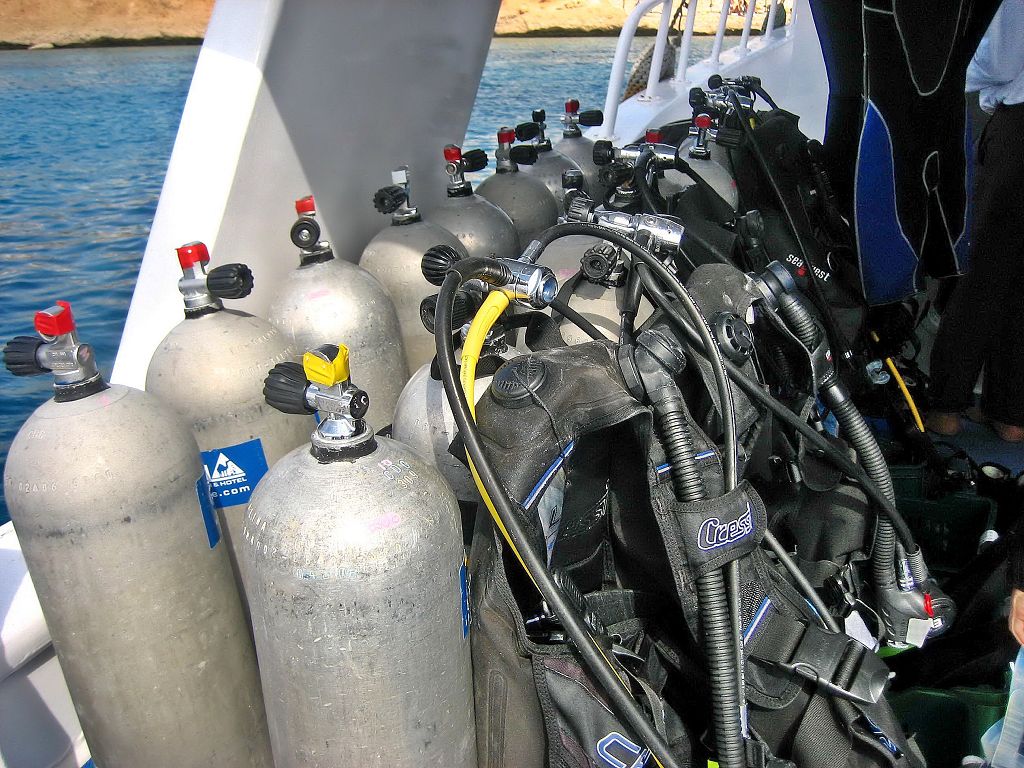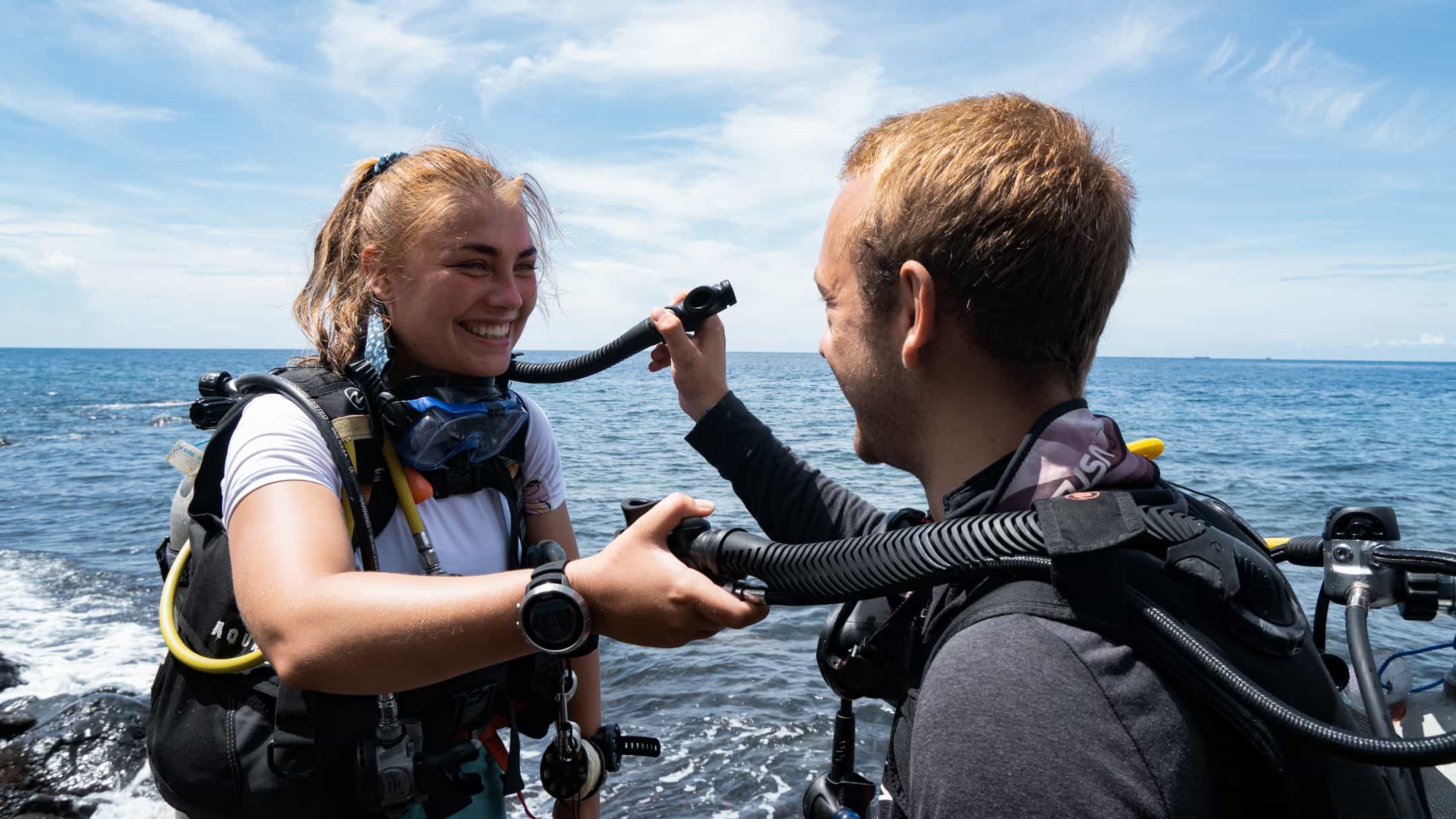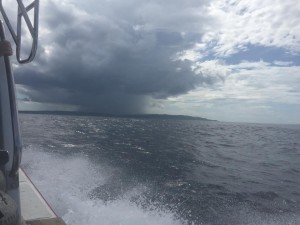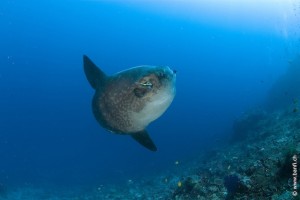
As a beginner, you might feel intimidated by the amount of gear you require when diving. This short guide aims to introduce it to you without too much technical jargon.
Basic Mobility Gear
In essence, scuba diving is like snorkeling but with a few extra steps. You use the same equipment a snorkeler uses to move around, like fins, mask, and a snorkel. Why do you need a snorkel if you have a cylinder to breathe air from? In most cases, the dive site is a little further offshore. You need to swim towards the site while conserving your air supply by breathing through your snorkel.
Life Support Gear
Diving cylinders and regulator
Diving cylinders come with two types of material: aluminum and steel. Both are durable and resistant to damage, but they come with slight differences. Steel cylinders are heavier, can hold more working pressure and can counter your inherent buoyancy (yes, you can float effortlessly in the sea, due to the high salt concentration). This saves your energy for swimming downwards. Aluminum tanks are more often used for technical diving. For more detailed reading on cylinders, go to simplyscuba.com.
In order to use your cylinder, you need a regulator. This is to regulate the pressure of the air from your tank into breatheable air at your mouthpiece. A simple regulator looks like a single hose connected between your mouthpiece and a port at the the cylinder end.
It’s not so much the scuba cylinder that keeps you alive. It’s the regulator. Want to learn how to check your regulator? Watch this video.
Wet suit
Wet suits keep you warm and protect you from potential stings from jellyfish or other animals. A standard material is neoprene, and comes as either a one-piece or two-piece set. While a one-piece set is deemed more convenient to wear, two-pieces (one that covers from torso to hip and another from legs to torso) offer more insulation as they cover the torso twice. A one-piece set is sufficient for dives less than 20 meters. Make sure it’s comfortable and fits you. It shouldn’t be too tight, but not so loose that you can feel water coming in and out. For further tips on wet suits, visit this website.
Buoyancy compensator device (BCD)
The BCD is used to adjust your buoyancy even further. It looks like a life jacket that inflates or deflates (with a few control switches). It also potentially acts as a placeholder for your dive cylinder and small tools such as your knife and flashlight. Since you’ll wear it a lot, be sure it fits you perfectly. You don’t want to be spinning around inside it. Choosing your preferred BCD can get technical, so here is a more detailed guide.
For an enjoyable time underwater, do not compensate safety and comfort for price. Know the kind of diving experience you want to have, then look for high quality equipment for your specific diving needs.
Once you’ve got your diving equipment, it’s time to visit Blue Season Bali and meet your Dive Safari guides, whose knowledge of the local hidden gems of Bali can make your first diving experience an unforgettable one!



